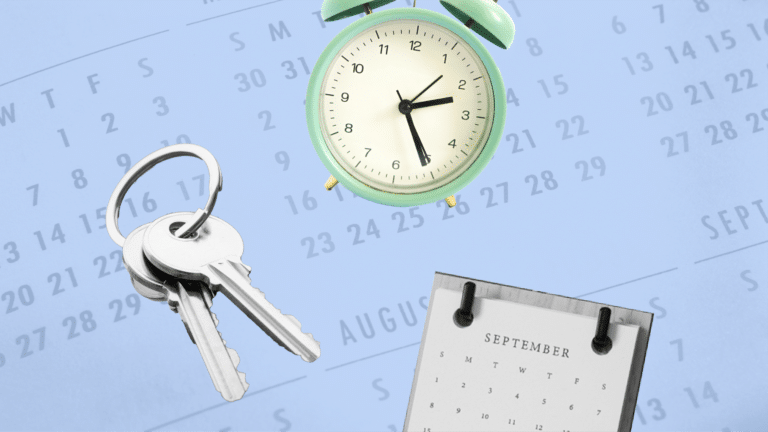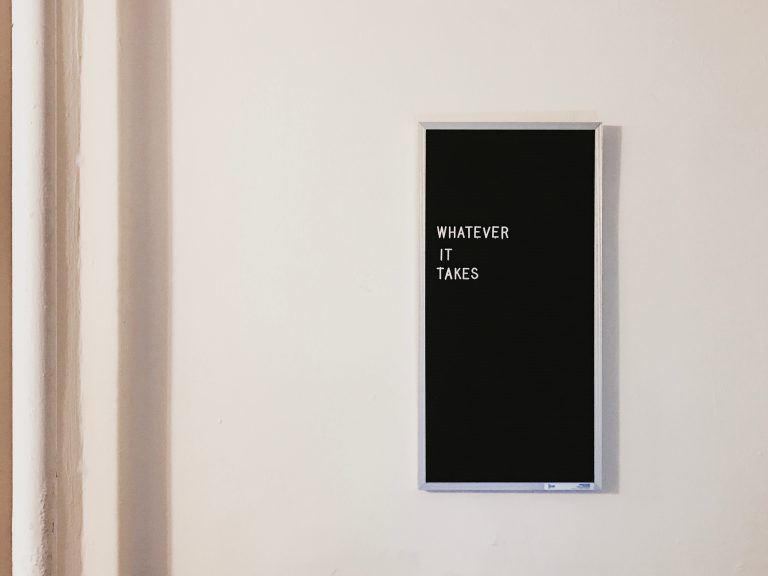For many would-be homeowners, the biggest hurdle on the path to homeownership isn’t the expense of a potential mortgage. It’s the difficulty of saving for a down payment.
For the non-savers among us, it can be tempting to assume that the only people who can put serious down payment money together these days are well-heeled young people with generous parents.
But the truth is that last year more than 60% of homebuyers use good, old-fashioned savings for their down payment. (Of the remaining homebuyers who don’t specifically use savings, 35% use the proceeds from the sale of their previous home to purchase a new place. Presumably, most of those folks saved for their first home purchase, however many years ago.)
So for future borrowers saving the old-fashioned way—putting a little bit aside each month over many months or years—it’s important to keep that money safe until you need it. But where should you park your cash while that nest egg grows into something you can put towards your dream home?
You could keep it under your mattress, though we wouldn’t advise it. (Something could happen to your mattress.) And as a smart soon-to-be-homebuyer, you can do better.
The Most Basic Option: a Regular Savings Account
A regular, FDIC-insured savings account is probably simplest place to park your down payment money. It’s better than stuffing the cash in your mattress. Your local bank will be more than happy to let you open a savings account for no or minimal cost. You’ll be able to access the money basically whenever you’d like. A savings account where you keep your normal checking account is convenient and easy. And if you ever have an emergency, you can probably access your funds with a debit card.
That said, Interest rates across the board are pretty low right now. That’s not terrible news for would-be homeowners: low interest rates keep mortgages affordable. But because interest rates across the board are low right now, you can also expect a minimal return on any money you’re keeping in a savings account.
Basic, But Worth Investigating: a Money Market Account
From a consumer perspective, a money market account works pretty much exactly the same way a regular savings account works. You deposit the funds with a banking institution. You can access them pretty much whenever you want. Like a regular savings account, you are restricted from taking more than six withdrawals per month. And like a regular savings account, a money market account is also FDIC insured. (Don’t confuse this with a money market mutual fund, which is an investment vehicle that is not FDIC insured.)
From a bank’s perspective, there are fewer limits on what it can do with funds once you’ve deposited them into a money market account. And that means your lender may be willing to pay you a higher interest rate on money you’re keeping in a money market account than it would be willing to pay you for money you’re keeping in a regular savings account. If you want minimal hassle and you think you might need your savings at the drop of a hat (because you’re close to being able to purchase a home), it may be worth looking into a money market account instead of a savings account.
If You Don’t Need to Access the Money Right Away: CDs
CDs, or Certificates of Deposit, work differently than traditional savings accounts. With a CD, you agree to deposit your funds at a bank or lending institution, and then leave those funds there for a set period of time, say, 3-months, 6-months, a year, or even a few years. Once you put your money into a CD, there are penalties if you try to get the money out before the term is up. But as long as you know you won’t need access to the money–perhaps because you know you’re a few years off from buying that home–you can generally earn more in interest on funds you keep in a CD than you can on funds in a money market account or regular savings account. And like savings and money market accounts, CDs are FDIC-insured. So you won’t lose your money if the bank goes belly-up.
Feeling Hand-On? Try Treasury Bills and Treasury Notes
Treasury bills and notes are essentially IOUs directly from Uncle Sam. They mature in less than a year. Treasury Notes are issued in 2, 3, 5, and 10-year terms. Now, the FDIC doesn’t insure Treasury bills or notes. But they are backed by the ability of the US government to tax people for revenue. So Treasury bills and notes are about as safe a bet as you can make. Interest rates vary depending on demand: in volatile economic times, demand is higher, and interest rates go up. These can be a bit complicated–though would-be treasury investors no longer need a broker to get in the game. If you’re interested in maximizing your return while you save for a down payment, these are worth investigating.
Think Long and Hard Before Diving Into Other Investments
Saving for a home is hard. And stocks and bonds have been performing pretty well, on average, for years now. So it can be tempting to put your savings into an investment account to see if you can get a higher rate of return.
But you’ve earmarked these savings for a down payment. Putting them into an investment account—even a conservative one—can be incredibly foolish. Remember: you can lose money in the stock market. Sometimes quite suddenly. People lose big in stocks and bonds all of the time.
Are you still several years from purchasing a home? Are your major debts are under control? If you have a tolerance for risk, you might consider setting up an investment account entirely separate from your down payment savings. Consider the investment account it’s own separate thing, and continue to save for your down payment in an FDIC-insured account. But putting a small portion of what you might have put into your savings into your investments could maybe, if you’re lucky, help you build your overall assets.
In a few years time when you’re ready to purchase a home, the assets you’ve accumulated in your investment account could potentially augment your less-sexy-but-still important down payment savings.
Be Patient
Scraping together enough savings to make a down payment on a home is a serious commitment.
The median selling price for a home in America now over $200,000. (If you live in a city with high-and-rising home prices like Portland or Denver, your future housing costs could be even higher.)
Regardless of where in the country you want to put down roots, scraping together the five-figures necessary to hit that 20%-down mark will be no easy feat. With patience, the right savings instrument, and a little bit of time? You too can squirrel away enough for your dream home.






